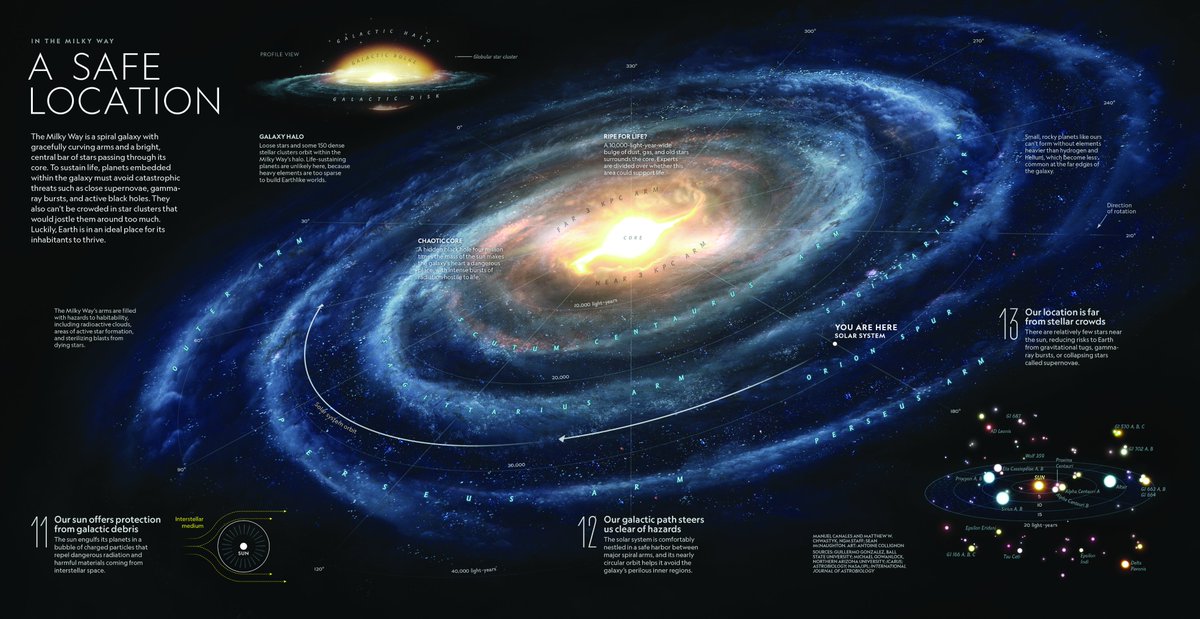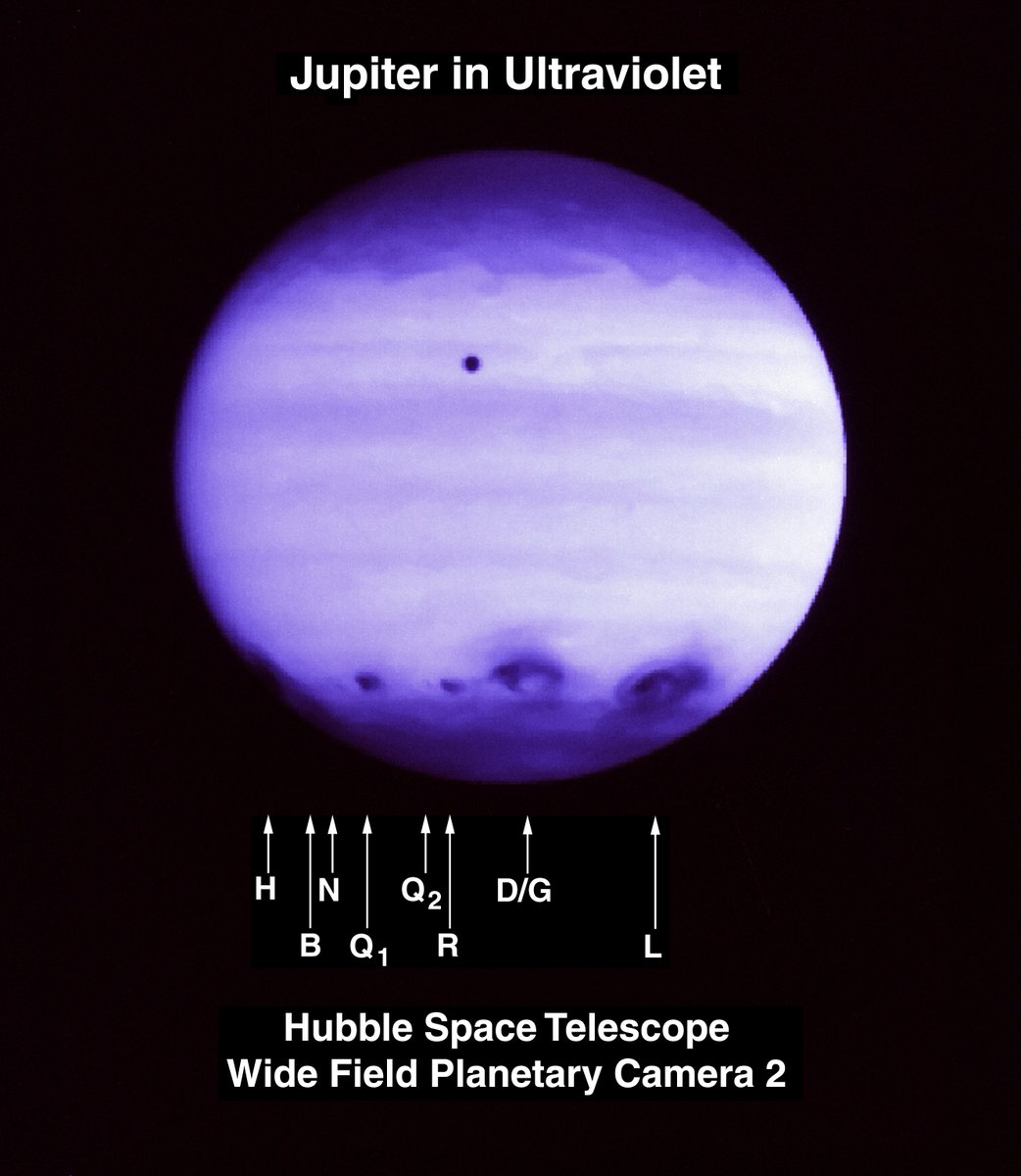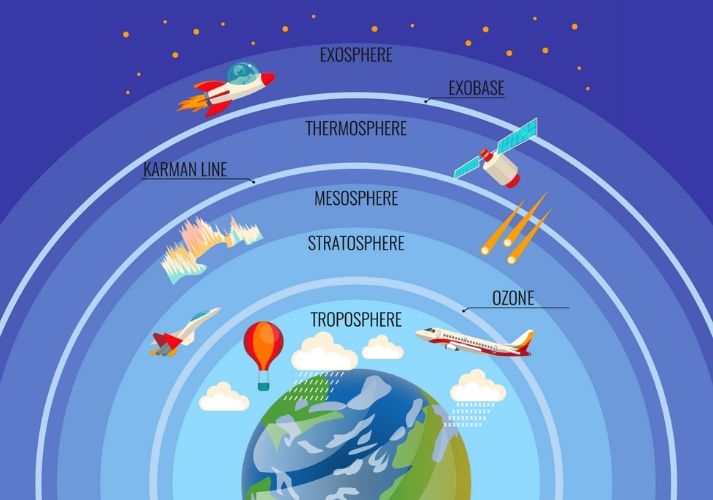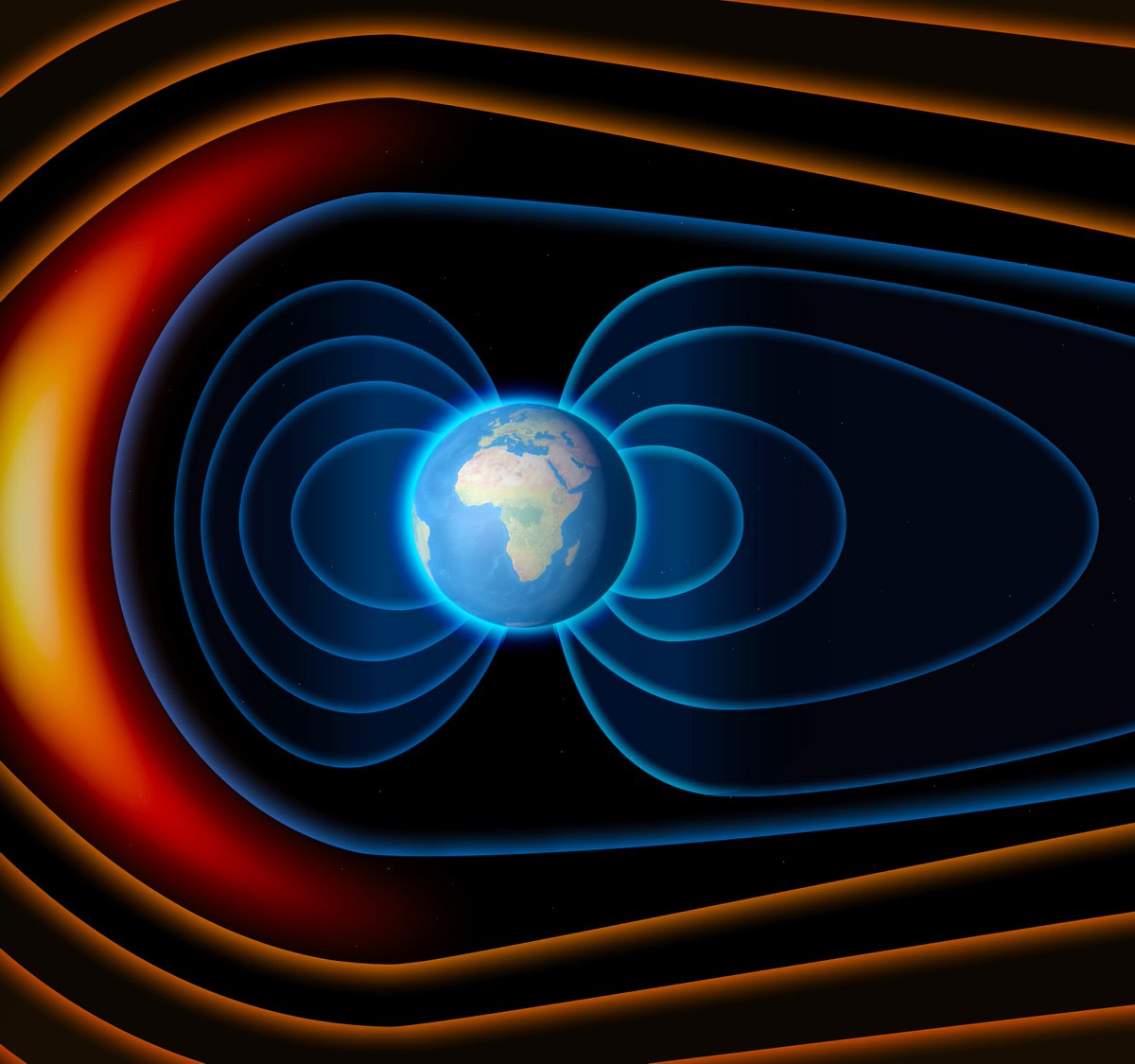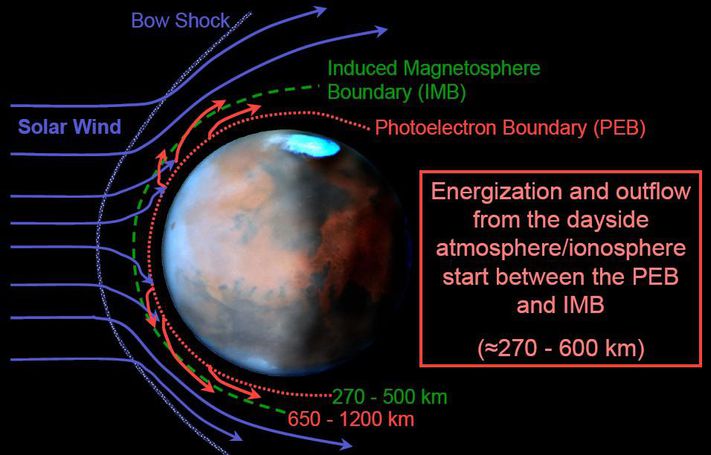A thread
"Can life exist outside earth?"
"How rare is it for life to reach complex form in the universe outside earth?"
"Conditions required for life to exist anywhere else?"
"Can life exist outside earth?"
"How rare is it for life to reach complex form in the universe outside earth?"
"Conditions required for life to exist anywhere else?"
1) Place in the galaxy
Like there is a habitable zone in a solar system, there& #39;s a habitable zone in a whole galaxy.
A solar system close to the densely packed stars in a galaxy will receive a lot of cosmic radiations that can ionize the atmosphere of planets and no life
Like there is a habitable zone in a solar system, there& #39;s a habitable zone in a whole galaxy.
A solar system close to the densely packed stars in a galaxy will receive a lot of cosmic radiations that can ionize the atmosphere of planets and no life
can exist without a balanced atmosphere. Scientists believe a suitable place for a solar system to contain life is within two arms of a galaxy where the radiations are minimum and the orbit should also be stable so the solar system doesn& #39;t collide(rare).
2) Star type
Our sun is a G-type main-sequence star which remains stable for a really long time. Every star has a habitable zone but a big hot star& #39;s solar flares and other activities are so extreme that it& #39;s impossible for life to exist there.
Our sun is a G-type main-sequence star which remains stable for a really long time. Every star has a habitable zone but a big hot star& #39;s solar flares and other activities are so extreme that it& #39;s impossible for life to exist there.
and dwarf small stars have habitable zone so close that planets will become tidally locked(the same side always facing the star). One side is extremely hot and other side is extremely cold.
3) Type of Planet and Distance from the star
The best candidate planets for life are always the ones with a rocky surface. In our solar system, we have Four rocky inner Planet and Four outer Gas planets but this is not the case with every solar system.
The best candidate planets for life are always the ones with a rocky surface. In our solar system, we have Four rocky inner Planet and Four outer Gas planets but this is not the case with every solar system.
A team from the University of Montreal studied 355 stars that contained 909 planets and what they found out was, In most cases, planets were roughly the same size and evenly spread out. Some have rocky planets outside and gaseous inside or bigger rocky and smaller gaseous planets
4) Asteroids and Jupiter
All of us read articles on Asteroid near passing the earth. In Space, asteroids and comets are constantly traveling. If they could hit the earth every year or month like they hit Jupiter, there would be no life on the earth.
All of us read articles on Asteroid near passing the earth. In Space, asteroids and comets are constantly traveling. If they could hit the earth every year or month like they hit Jupiter, there would be no life on the earth.
In 1994 Comet Shoemaker-Levy 9 hit Jupiter and left a scar on Jupiter of the size of our Earth. Studies show Jupiter gets hit by asteroids and comets 2000-8000 times more than the earth. That& #39;s why a solar system needs big planets like Jupiter in outer orbits and its not common
5) Moon
Earth& #39;s moon is part of the earth. It stabilized our rotation and bring tides. These tides caused dramatic fluctuations in salinity around coastlines which could have driven the evolution of early DNA-like biomolecules. A small moon couldn& #39;t have done it.
Earth& #39;s moon is part of the earth. It stabilized our rotation and bring tides. These tides caused dramatic fluctuations in salinity around coastlines which could have driven the evolution of early DNA-like biomolecules. A small moon couldn& #39;t have done it.
6) Strong Magnetic field, tectonic plates, and Atmosphere
Earth is the only planet with tectonic plates with fissures that allow superheated gases to escape and thicken the atmosphere which traps heat and creates a whole system of rains. This system of tectonic plates created a
Earth is the only planet with tectonic plates with fissures that allow superheated gases to escape and thicken the atmosphere which traps heat and creates a whole system of rains. This system of tectonic plates created a
cycle of thickening our atmosphere at the start which led to a stable environment. The processes that create an atmosphere for a planet are mostly volcanic processes from a molten core. In the first, the few million years of a planet& #39;s existence volcano& #39;s produce massive amounts
of gas. It& #39;s what happened on Mars and on Earth. But Mars is smaller than Earth and its core cooled down and volcanic outgassing stopped. The greenhouse effect that helped warm the planet lessened. Its light gravity allowed the atmosphere an easier escape to space.
When Mars molten core cooled down it also lost its magnetic field and its atmosphere was exposed to the full brunt of the solar wind which has steadily eroded its atmosphere.
How does the earth sustain its magnetic field?
https://carnegiescience.edu/news/how-does-earth-sustain-its-magnetic-field#:~:text=It%20is%20continuously%20generated%20by,a%20phenomenon%20called%20the%20geodynamo.">https://carnegiescience.edu/news/how-...
https://carnegiescience.edu/news/how-does-earth-sustain-its-magnetic-field#:~:text=It%20is%20continuously%20generated%20by,a%20phenomenon%20called%20the%20geodynamo.">https://carnegiescience.edu/news/how-...

 Read on Twitter
Read on Twitter